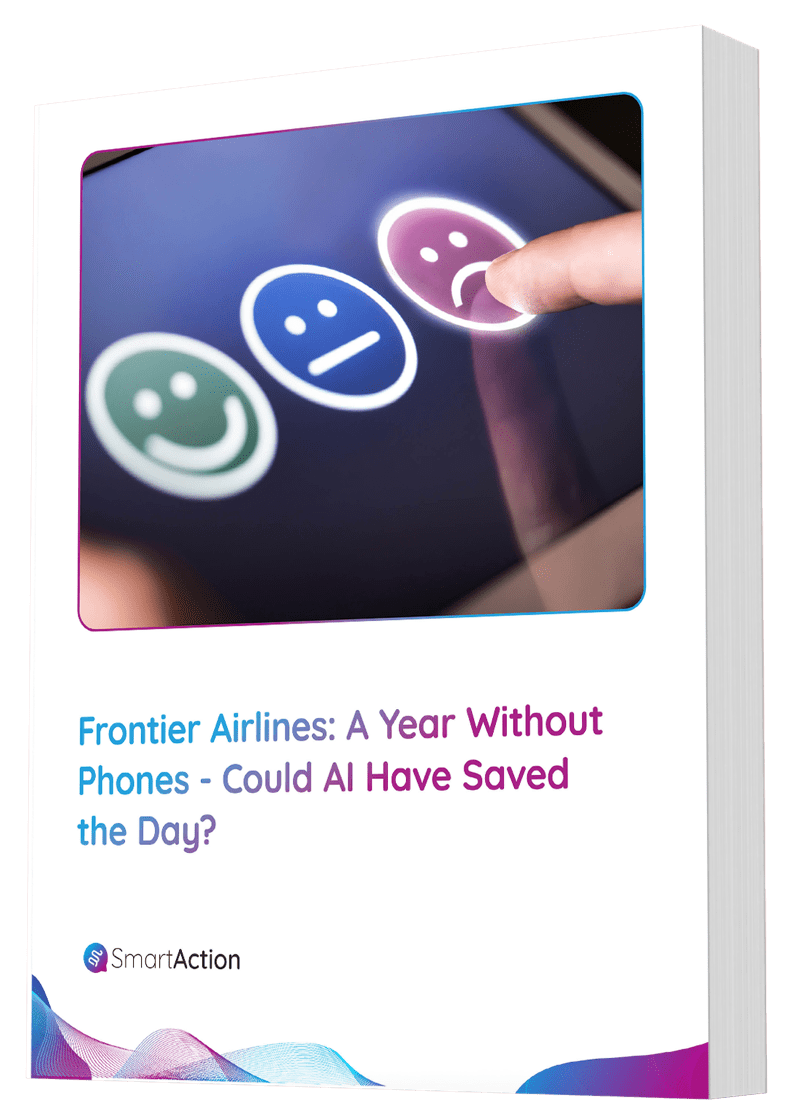Conversation Flows: Intelligently Outline Customer Journeys Through Self-Service AI
Visio Diagrams vs. Conversation Flows
In the world of customer journey design, Visio diagrams are widely used as the primary way to visualize and demonstrate the possibilities a caller faces within an automated call center. With their complex vectors, webs, and graphs, Visios intend to outline every possible scenario, both good and bad, and the inputs, outputs, and outcomes that go along with those scenarios. Oftentimes, one customer journey can take hundreds of pages of diagramming; they are thorough, comprehensive, and often take a significant amount of time to develop, read, and review.
Technology is capable enough today that you no longer need to think in terms of these cumbersome diagrams. Instead of if-then statements, consider thinking how you would design a beneficial conversation that accomplishes a task. So rather than viewing customer calls as processes, you can evaluate them as goal-oriented conversations. When you think this way, you find efficiencies you didn’t realize were there and you’ll find that customers feel much more comfortable and natural engaging with the customer service automation. This type of design is called a conversation flow.
Conversation flows outline various scenarios of dialog between contact center automation and customer that allow the caller to accomplish a goal. They are developed during the build phase of a project, and ultimately serve as use cases for User Acceptance Testing (UAT). Conversation flows are much more nimble and agile than Visios. They are developed, reviewed, and approved in a fraction of the time, which means testing, tuning, and launch also happen significantly faster.
Designing a Conversation Flow
The process starts by identifying a specific business objective the customer is trying to accomplish – e.g. confirming an appointment. Start by asking, “How do my agents do this today?” This should help you to understand and emulate the human process as closely as possible. If you train your agents to confirm the first and last name, obtain the phone number, then read back the set appointment time, you’ll want your self-service AI to follow that same procedure for two reasons. First, it provides consistency in your information gathering and data capture; call center automation and agents (if needed) will be taking the same information from every call. Second, it is familiar to customers already and they are comfortable with this process.
Most importantly, this is a solutions-oriented approach, allowing for a conversation flow that leverages data and best practices to simplify the customer experience and decrease customer time on the phone. Furthermore, Conversation flows only outline the “happy path;” in other words, they do not need to account for all of the possible failouts that might occur because the intelligent self-service technology is capable of gracefully handling many of those situations. For this reason, they are substantially less burdensome to review than traditional Visio diagrams. Conversation flows, therefore, are reviewed and approved much faster, leading to faster development time and a sooner launch date.
Though Visios are commonly accepted, they are not the only way to outline the customer journey. At SmartAction, we take a different approach that is enabled by our conversational AI technology. Learn more about our implementation approach here or contact us to dive deeper!






